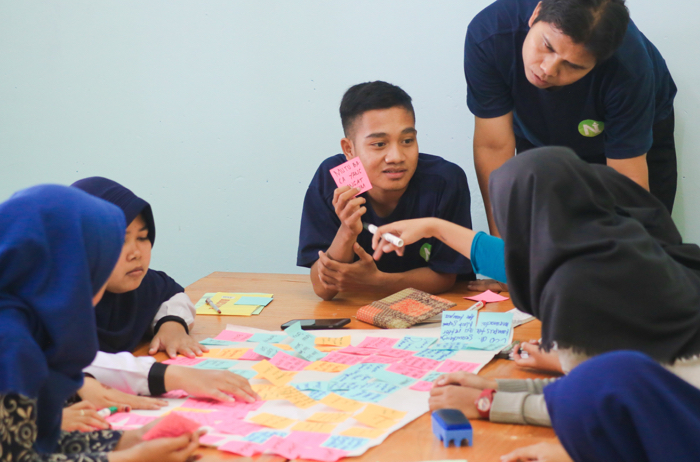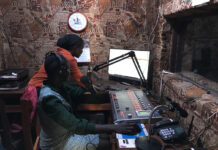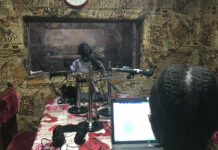
The following article is reproduced courtesy of First Draft News.

Surge of interest in trust and truth
Over the past eighteen months, there has been a surge of interest in trust and truth in a digital age.
There have been hundreds of conferences, reports and papers on the subject.
As our understanding of the space becomes more sophisticated, it’s time to recognize thirteen smaller sub-categories, so we can undertake more targeted research, and convene workshops and conferences on more clearly defined and specific topics.
Here, I suggest thirteen sub-categories where I’m seeing specific initiatives, research or natural alliances.
It’s important to note that all these sub-categories should also be seen through an international lens. It is the one overarching theme that connects all of the following.
The thirteen spaces are:
- AI & Manipulation: Researching the ways that AI-generated synthetic media (otherwise known as ‘deepfakes’) will impact society, and developing tools and techniques tactics for identifying and verifying these types of sophisticated manipulated visual imagery.
- Closed Online Spaces & Messaging Apps: Researching the patterns of disinformation on private and semi-private spaces online, as well as messaging apps.
- Data Harvesting, Ad Tech & Micro-targeting: Researching the connections between data collection and targeted disinformation campaigns.
- Fact-Checking & Verification: Investigating claims made by official sources (politicians, think tanks, journalists), and investigating information, images and videos from unofficial sources on the social web.
- Identification of Disinformation Content & Tactics: Monitoring, verifying and providing contextual information around specific types of disinformation and the campaigns used to amplify them.
- Manufactured Amplification: Understanding techniques for artificially inflating disinformation campaigns, as well as attempts to distort ‘public opinion’, as when manipulating trending topics or purchasing signatures on online petitions.
- Media Ecosystems: Understanding how information disorder spreads across platforms and between traditional media (TV, radio and interpersonal communication).
- Media Literacy: Researching and evaluating best practices for teaching digital literacy in an age of information disorder.
- News Credibility: Developing machine-readable indicators that ensure quality information sources are given priority in social streams and search results.
- Polarization: Understanding the impact of polarization on the ways in which information is used, understood and shared.
- Policy & Regulation: Investigating the question of ‘regulation’, and ensuring it is based on clear definitions and evidence.
- Reporting best practices: Researching and experimenting with best practices for publishing fact-checks or debunks, particularly investigating the concepts of the ‘tipping point’ and ‘strategic silence’ to prevent providing additional oxygen to rumours, false content and amplification tactics.
- Trust in Media: Research and initiatives designed to improve trust in the professional media.
Note: This material first appeared on First Draft and has been reproduced here with the author’s consent.








